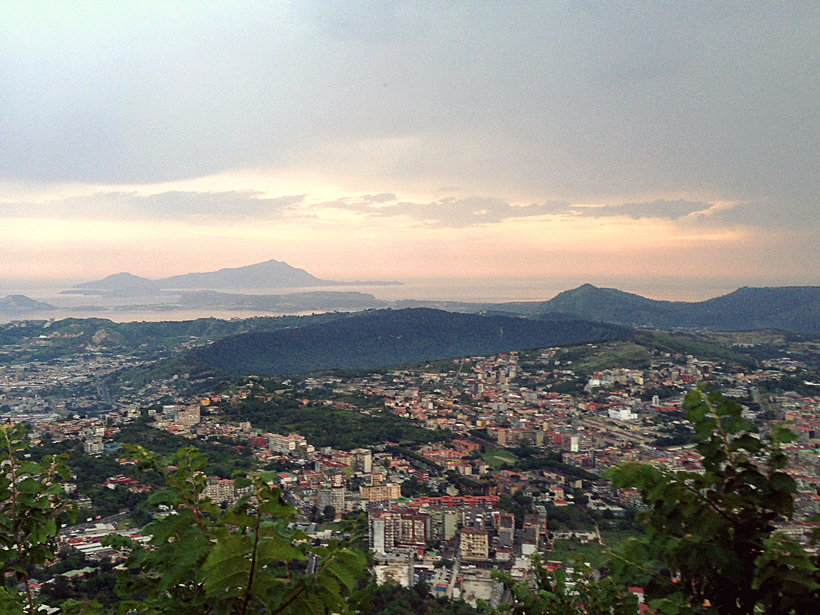Matching Martian rock formations to those found on Earth can help researchers learn more about the Red Planet.
A. Branscombe
Alexandra Branscombe is a mathematics and science writer based in Washington D. C. A native Midwesterner, Alexandra graduated from the University of Wisconsin-Madison with degrees in biology and science communications.
When Income Goes Up, Does Pollution Go Down?
Scientists look at a possible connection between increased wealth and decreased water pollution in Louisiana.
Deep Drilling Reveals Puzzling History of Campi Flegrei Caldera
Results show that caldera collapse attributed to a super eruption almost 40,000 years ago was smaller than what scientists expected. So what might have really happened?
Boulders Limit Transport of Sand and Gravel in Steep Rivers
Mountain rivers and streams actively reshape landscapes by eroding material from uplands and depositing it in lowlands. Scientists can now predict this transport in very steep streams.
Smoke Signals in the Amazon
Forest fires can occur naturally, but in the world's largest rain forest, fire can signal large-scale deforestation.
Wave Gliding in the Eye of the Storm
Scientists use a new remote-controlled robot to capture data from the middle of an open ocean typhoon.
When Might the Campi Flegrei Caldera Erupt Again?
The clock may be ticking for Italy's Campi Flegrei caldera, a region with a pattern of numerous and sometimes large explosive eruptions. The next explosion could be less than 100 years away.
Isotopes Track Carbon Cycle in Northern Wisconsin Wilderness
Researchers collected carbon from 3 years' worth of air samples and traced it back to its source.
Volcanic Ash Contributes to Climate Cooling
A new study shows that atmospheric ash reflects solar radiation months after volcanic eruptions.
Reconstructing Ocean Climate History
Scientists recreate ocean climate data to explore historical warming—and cooling—trends in Earth's seas.










